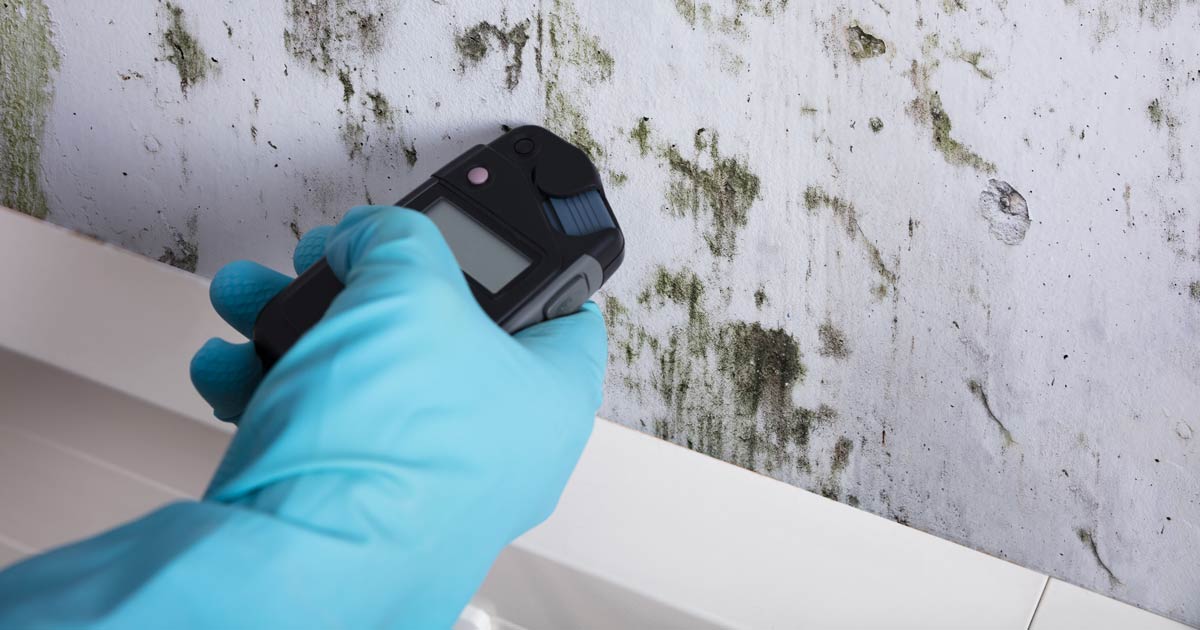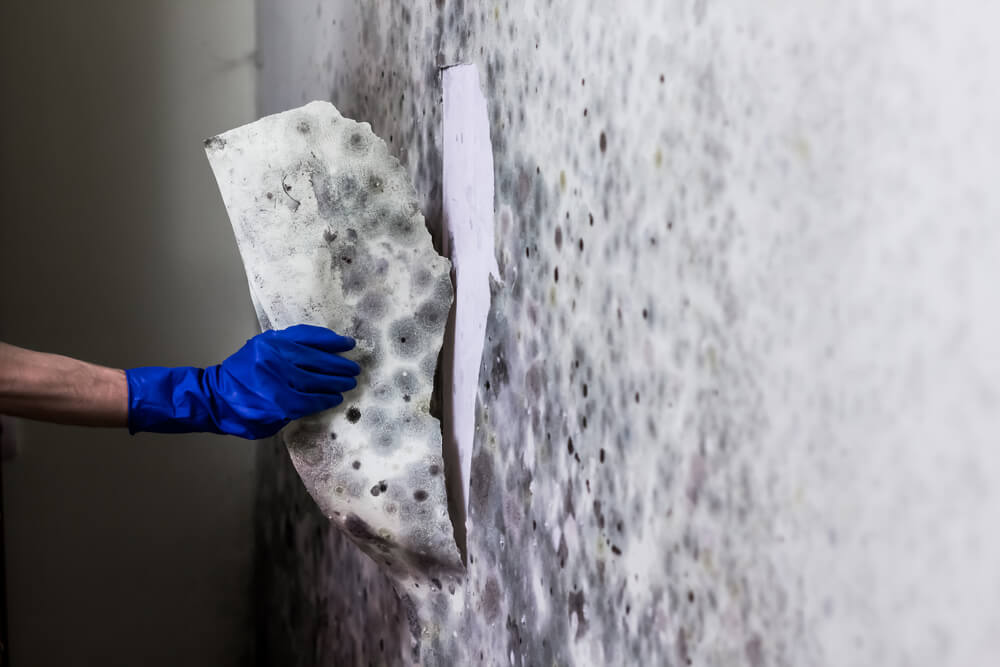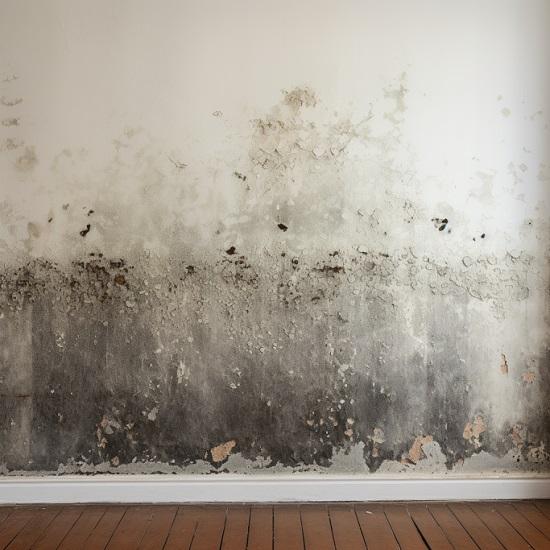Assistance on What to Do After Mold Remediation
Wiki Article
Effective Blog Post Mold And Mildew Removal Solutions for Your Home
Mold development in homes can be a consistent problem, often calling for an organized strategy for reliable post-remediation solutions. From understanding the aspects that contribute to mold development to carrying out appropriate cleaning methods and wetness control measures, the procedure can be elaborate yet important for preserving a healthy and balanced living setting. In addition, discovering natural remediation services and developing a regular for ongoing upkeep are important elements of a detailed mold and mildew removal technique. As homeowners aim to attend to mold and mildew problems, locating the most efficient remedies ends up being critical for the wellness of their families.Understanding Mold Development Elements
The primary factor contributing to mold and mildew development is moisture. Mold spores call for moisture to germinate and thrive, making damp or wet environments highly susceptible to mold and mildew problems.
Moreover, air flow and light exposure can influence mold and mildew growth. Locations that do not have proper air flow and all-natural light are a lot more vulnerable to mold growth. By addressing these elements thoroughly, individuals can effectively reduce mold and mildew growth and guard their living settings.
Correct Mold And Mildew Cleansing Methods
Making use of effective cleaning approaches is crucial in attending to and protecting against the recurrence of mold and mildew contamination in indoor atmospheres. When dealing with mold and mildew, it is crucial to focus on security by using safety equipment such as masks, gloves, and goggles. The very first step in appropriate mold cleaning is to include the damaged location to stop the spread of spores to unpolluted areas. This can be attained by sealing off the area and making use of air scrubbers or negative air equipments to keep air top quality.
Applying Wetness Control Steps
To effectively avoid mold development and contamination in interior settings, applying dampness control measures is critical. Moisture is the main variable that fuels mold advancement, making it vital to handle remove mold from shed moisture levels within the home. One efficient action is to use dehumidifiers to maintain interior moisture levels below 60%. Furthermore, ensuring correct ventilation in areas vulnerable to moisture buildup, such as shower rooms and kitchens, can aid lower the threat of mold and mildew growth. Frequently checking and repairing any kind of leakages in pipes, roofings, or home windows is also crucial in stopping excess dampness buildup. Utilizing exhaust fans while food preparation or showering, and permitting air circulation by maintaining furnishings a little far from remove mold on osb walls can help in wetness control. Additionally, making use of moisture-resistant products in high-humidity locations, such as mold-resistant drywall and paints, can be valuable. By faithfully executing these dampness control actions, homeowners can successfully reduce the possibility of mold and mildew recontamination and keep a healthy interior setting.Using All-natural Remediation Solutions
After successfully applying wetness control procedures to avoid mold growth in interior atmospheres, homeowners can currently discover the effectiveness of all-natural remediation options in maintaining a healthy space. Natural removal services make use of eco-friendly methods to battle mold and mildew, making them a preferred choice for those looking for non-toxic choices. One such solution is using vinegar, a natural antimicrobial representative, to clean and disinfect surfaces polluted by mold and mildew. Merely dilute vinegar with water and spray it onto the impacted locations, permitting it to sit for a few hours prior to wiping tidy. In addition, tea tree oil, known for its antifungal residential properties, can be blended with water and sprayed onto mold-infested surface areas to hinder additional development. An additional all-natural option is hydrogen peroxide, which can efficiently kill mold on various surface areas without leaving harmful residues behind. By integrating these natural removal remedies into their cleaning regimens, property owners can properly fight mold growth while advertising a healthier indoor environment for themselves and their households.
Keeping a Mold-Free Atmosphere
On a regular basis evaluating locations vulnerable to mold and mildew growth, such as washrooms, attics, cellars, and cooking areas, is vital. Appropriate ventilation in locations with high moisture levels is also essential to avoiding mold development.Additionally, keeping sanitation in the home is important for mold prevention. Routinely cleaning and dusting surface areas, carpetings, and furniture can assist eliminate mold spores prior to they have an opportunity to increase and clear up. Using mold-resistant items for building and construction products and home furnishings can additionally assist in creating a mold-free environment. Last but not least, maintaining indoor plants in check and making certain appropriate drain in outside landscape look at here now design can minimize dampness build-up, minimizing the probability of mold infestations. By following these positive upkeep techniques, house owners can effectively support a mold-free space.
Verdict
Finally, it is necessary to attend to mold growth variables, utilize appropriate cleaning methods, implement moisture control actions, use all-natural remediation options, and keep a mold-free atmosphere in order to successfully manage blog post mold removal in your house - what to do after mold remediation. By following these approaches, you can avoid mold from recurring and ensure a healthy and balanced living setting for you and your family members
The key aspect adding to mold and mildew development is dampness. Mold spores require wetness to germinate and prosper, making wet or humid atmospheres highly susceptible to mold invasions.To properly stop mold growth and contamination in indoor settings, carrying out wetness control steps is paramount. In addition, ensuring correct air flow in areas susceptible to moisture accumulation, such as bathrooms and cooking areas, can assist decrease the danger of mold development.After successfully applying moisture control procedures to prevent mold growth in interior settings, property owners can currently explore the efficiency of all-natural removal services in preserving a healthy and balanced living room.
Report this wiki page